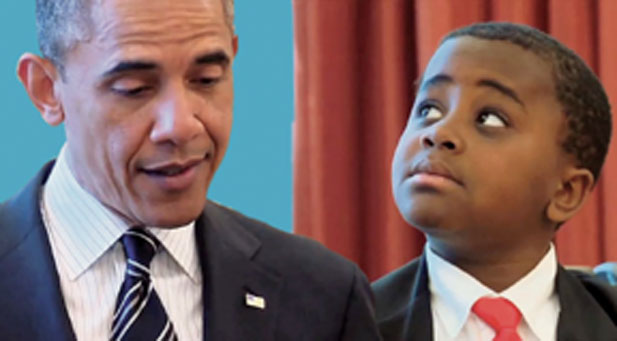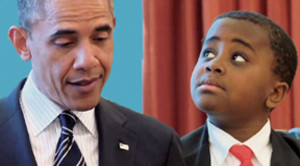It’s hard to be what you can’t see
By Marian Wright Edelman, NNPA Columnist
As a new school year starts, many parents are making sure their children have the right supplies from their back-to-school lists and double-checking their courses and schedules. But are we thinking about what books our children are reading? Children of color are now a majority of all public school students and will soon be a majority of all children in America yet children’s books and the publishing industry have failed to keep up with the rainbow of our children’s faces and cultures and needs and the wide variety of their daily experiences.
As award-winning children’s book author and illustrator Christopher Myers says, this matters in order to give all children a deeper sense of connection to the books they’re reading and to each other and to prepare them to live in a rapidly globalizing, multicultural, multiracial, and multi-faith nation and world.
I was grateful that Chris Myers joined other leading children’s book authors at a roundtable before 2,000 college-age students, public school teachers, and juvenile detention personnel preparing to teach in summer Children’s Defense Fund Freedom Schools® programs. Our reading curriculum has long been centered on excellent books reflecting a wide variety of cultures, races, and experiences.
For some children it is the first time they have seen books with characters that look like them and share some of the struggles in their lives. Our goal is to help children fall in love with reading, and they respond. “I enjoyed learning about my history.” “That [book] really inspired me because he came from a rough neighborhood.” “Freedom Schools taught me when I learn, I can have fun with it. It made me a better reader because I can understand things.” “I see myself and the books give me hope.”
The “all-white world of children’s books” is nothing new. Rudine Sims Bishop, the moderator of the children’s book roundtable, noted that was the title of a landmark study 50 years ago “calling out the children’s book world not only for failing to include African Americans in children’s books, but also for feeding white children ‘gentle doses of racism through their books.’” The old books were guilty of sins of commission and omission, and of course Black children were not the only ones left out.
Bishop said since 1994 the Cooperative Children’s Book Center at the University of Wisconsin has been counting the number of new children’s books featuring African Americans, Native Americans, Asian Americans, and Latino Americans each year. But even as the number of Americans of color has continued to grow rapidly, the percentage of books reflecting them has not: the annual total has hovered around 10 percent.
It’s hard to be what you can’t see. Children of color need to be able to see themselves in the books they read. Just as importantly, all children need to be exposed to a wide range of books that reflect the true diversity of our nation and world as they really are.
Tonya Bolden, who has written many powerful nonfiction books for young readers, said engaging history books – especially on her history – were largely absent when she was a child. “When it came to Black history, I remember there was Crispus Attucks and Phyllis Wheatley. And I think there was a part of me that said, okay, one was free, and he got shot; the other one was brilliant, but she was enslaved . . . What kind of options are those?”
It wasn’t until she got older that she realized how much was being left out. “I came to see there was power in the past, that history makes us whole.” Now she strives to make history come alive in ways that allow children to recognize their ties to people who came before them.
Writer Janet Wong talked about another kind of connection when she read her poem Noise from the book Good Luck Gold. The poem’s protagonist is being teased by a group of children—“Ching chong Chinaman” – for her hair, nose, skin, the shape of her eyes: It’s only noise Ching chong I won’t let it in. I won’t let it in I promise myself I won’t let them Win.
Wong said she was asked to read that poem during a visit to a school in Singapore by a teacher troubled by the racial hostility that existed there. Even when the context was completely different, a poem like this describes a common feeling of racism and discrimination that lets children finally see themselves, too. It also lets other children make their own connections with how this person is feeling, including those who have never been teased about their race or eyes and those who have done the teasing.
All children need these kinds of experiences. Is your school providing books that celebrate and include every child?


